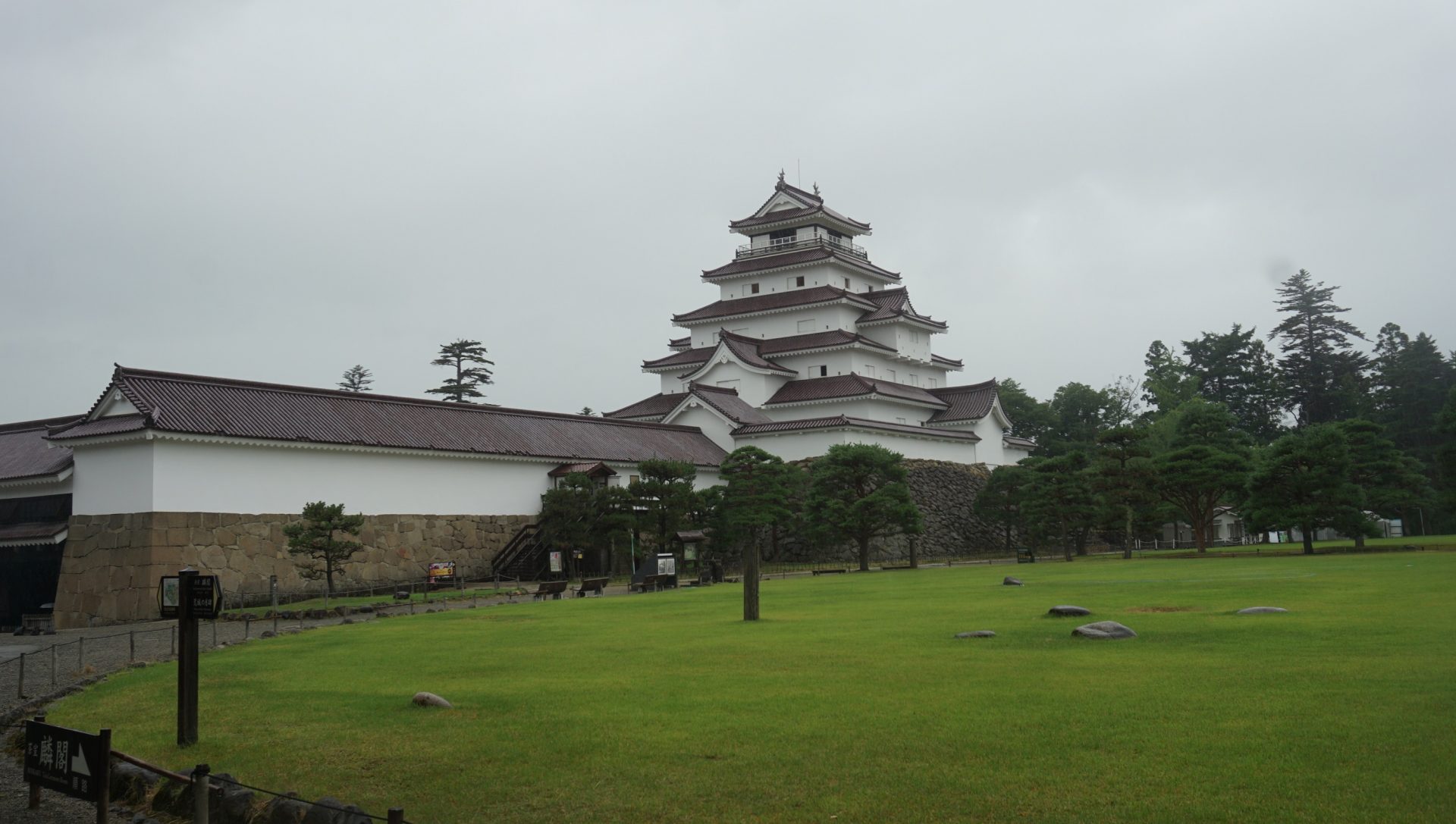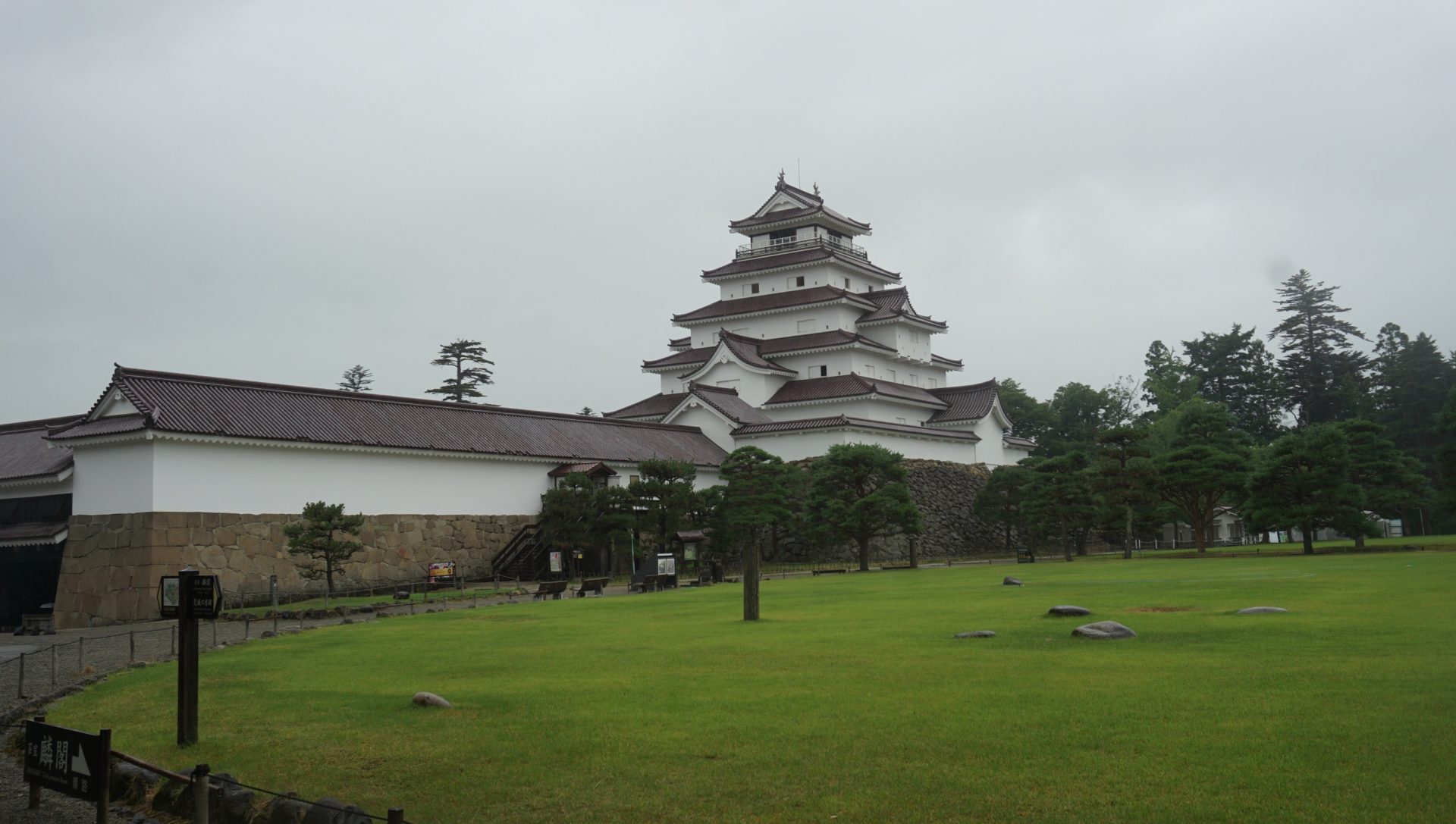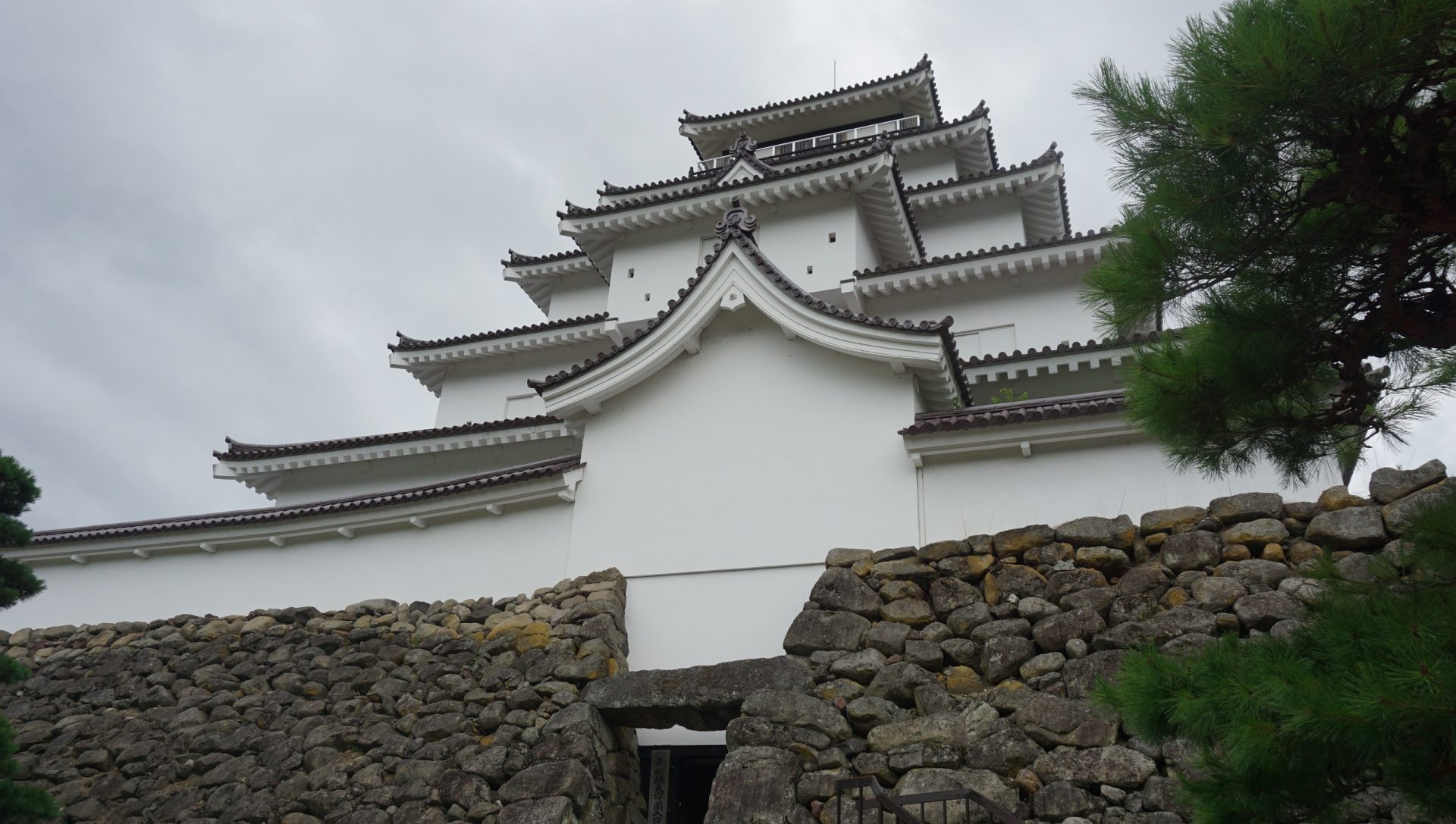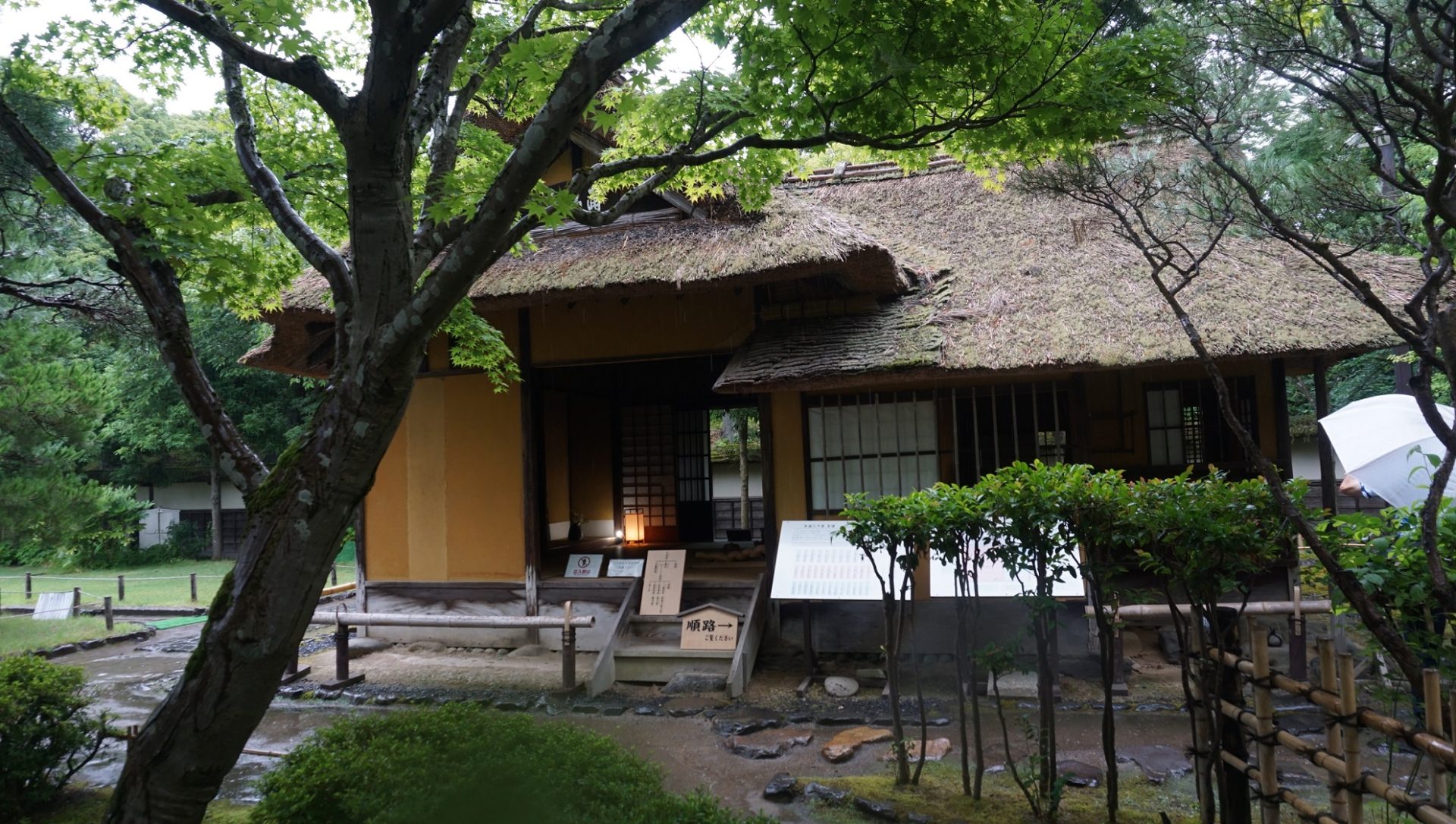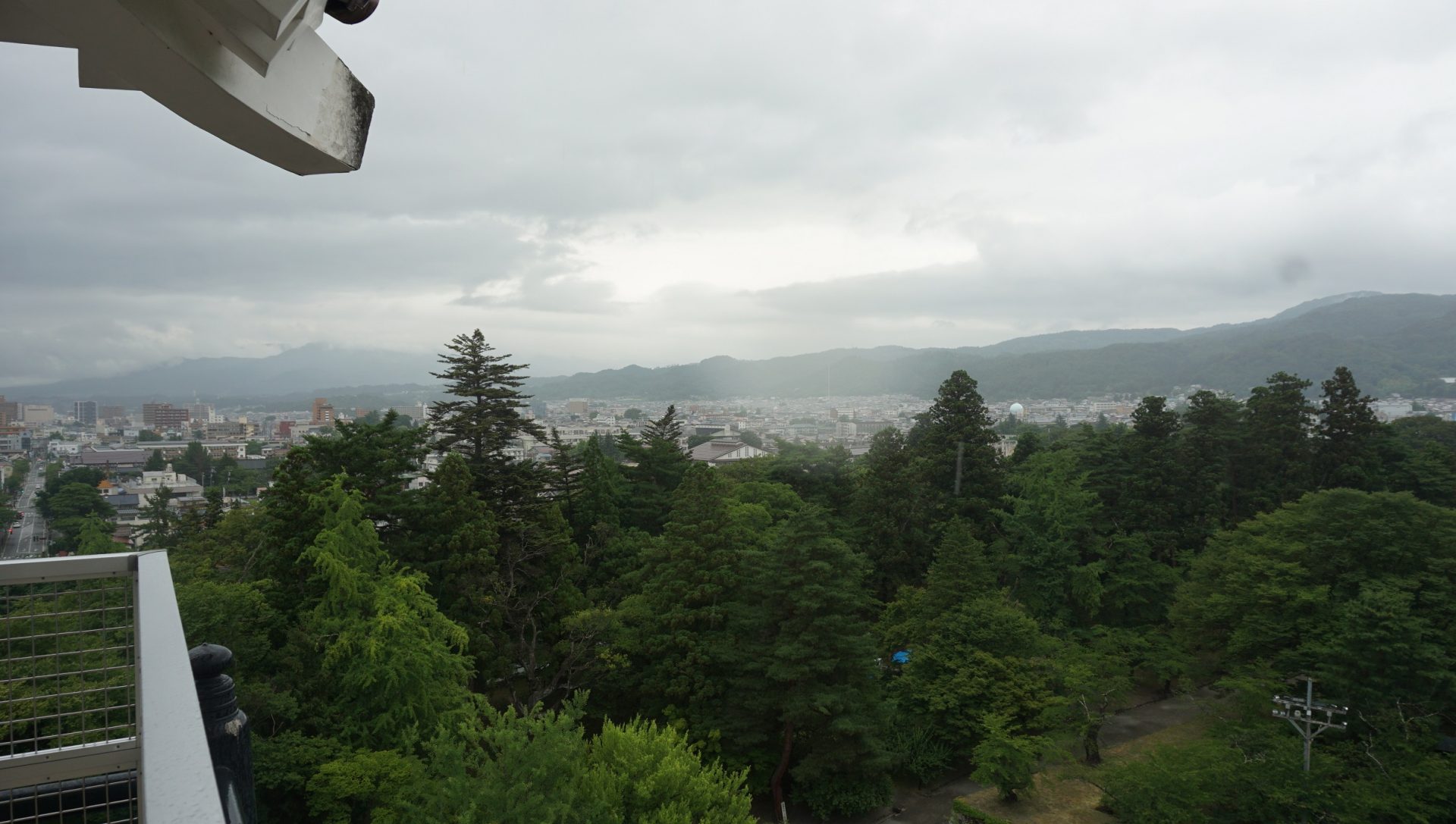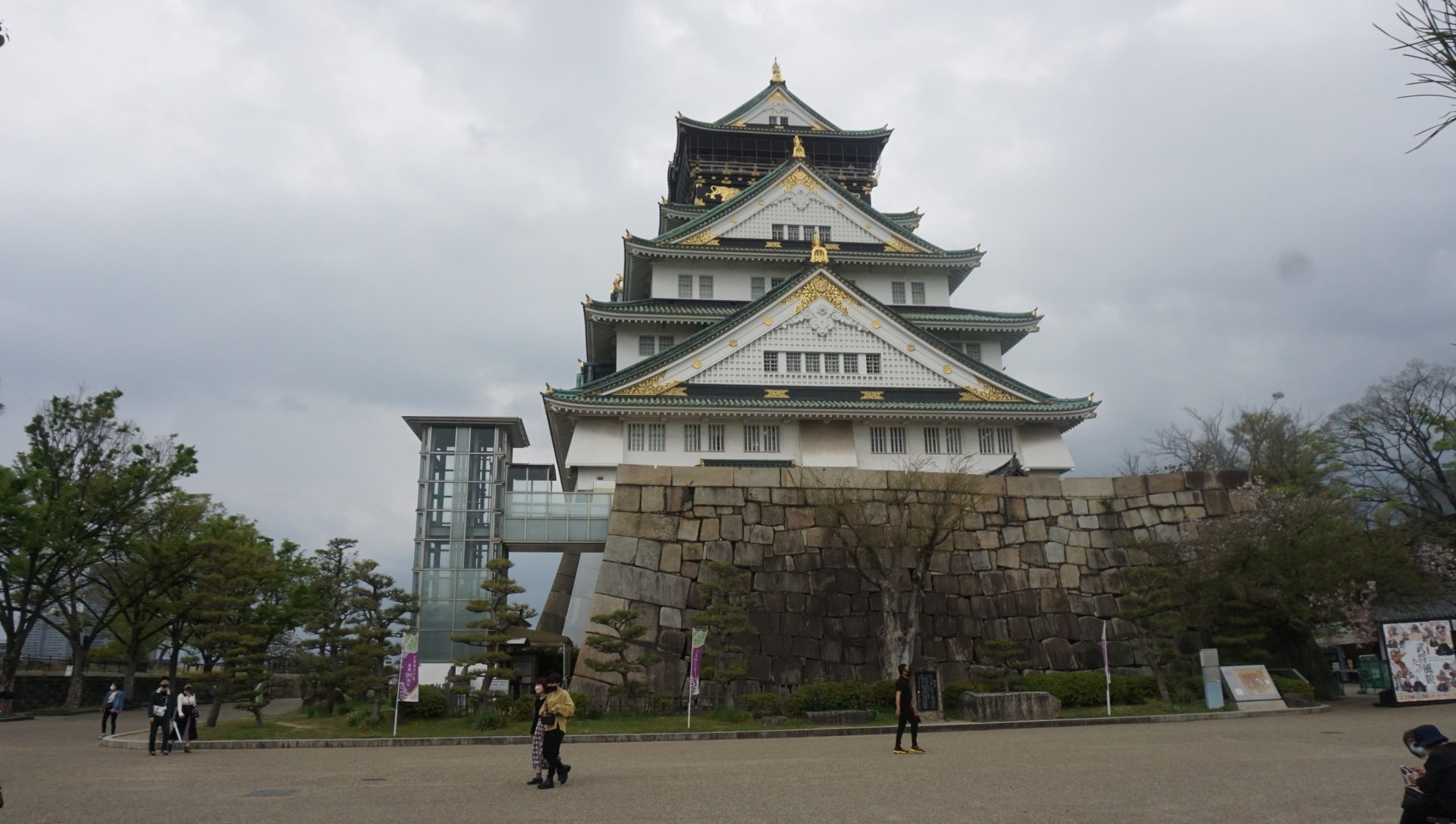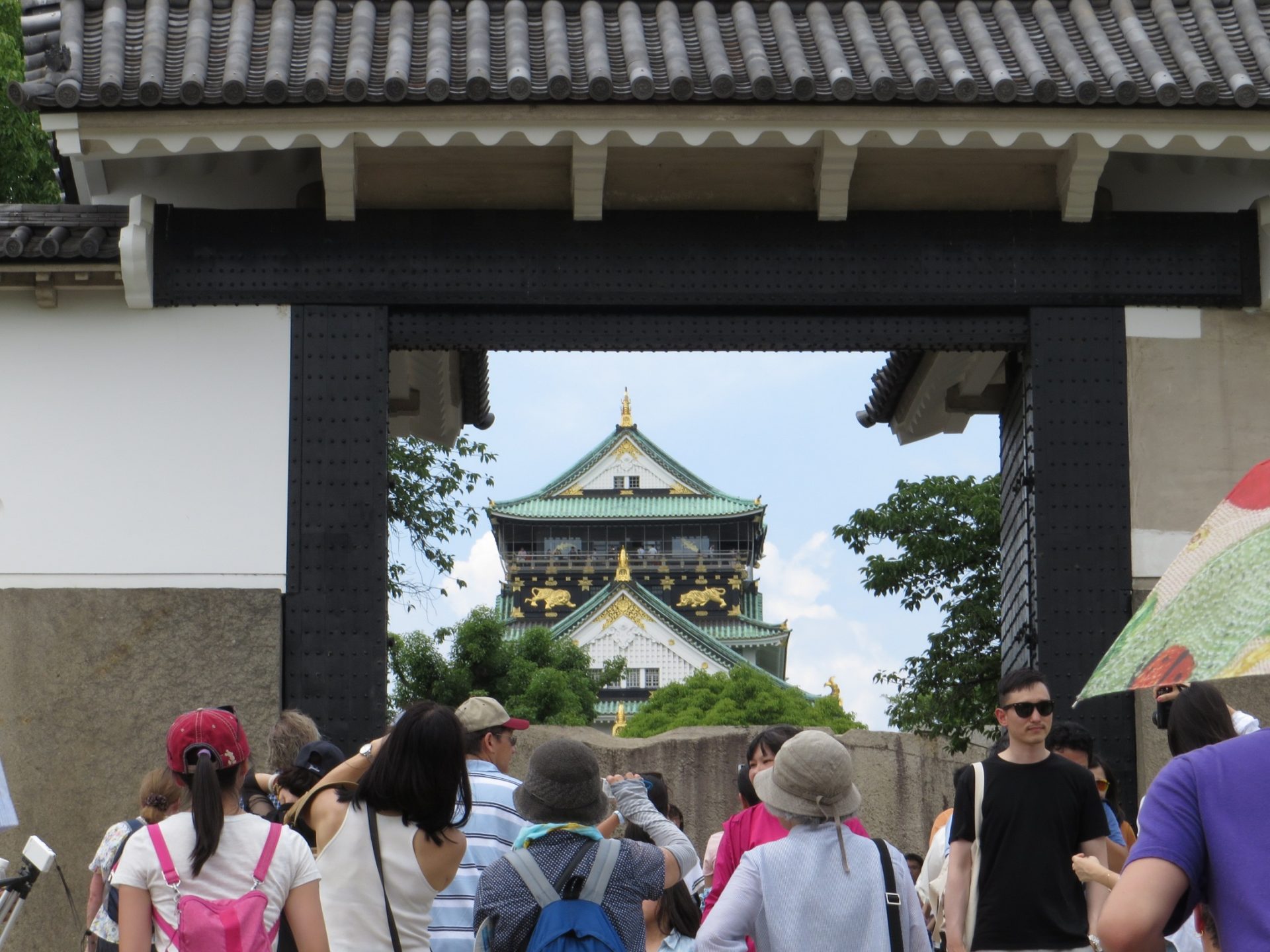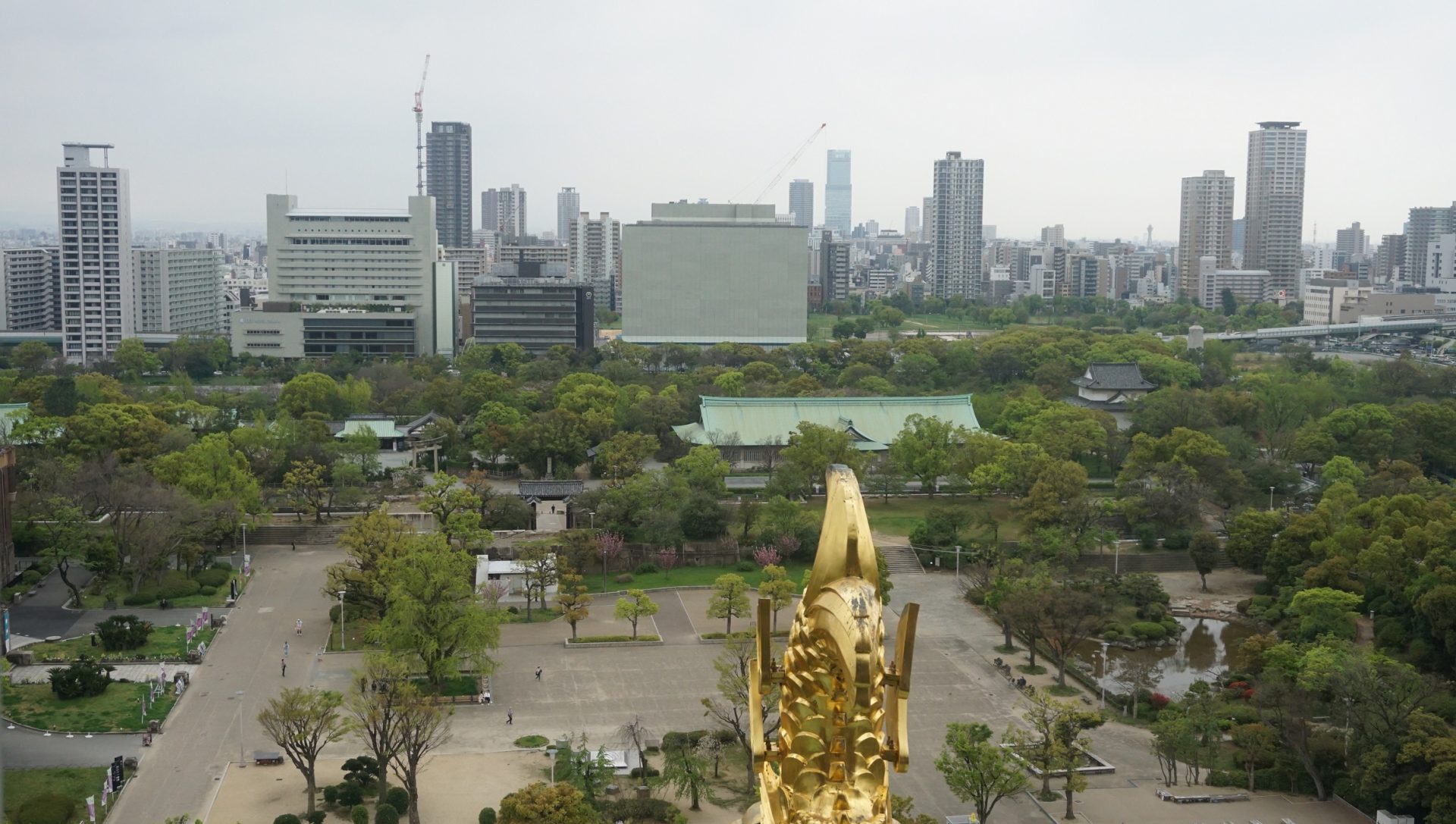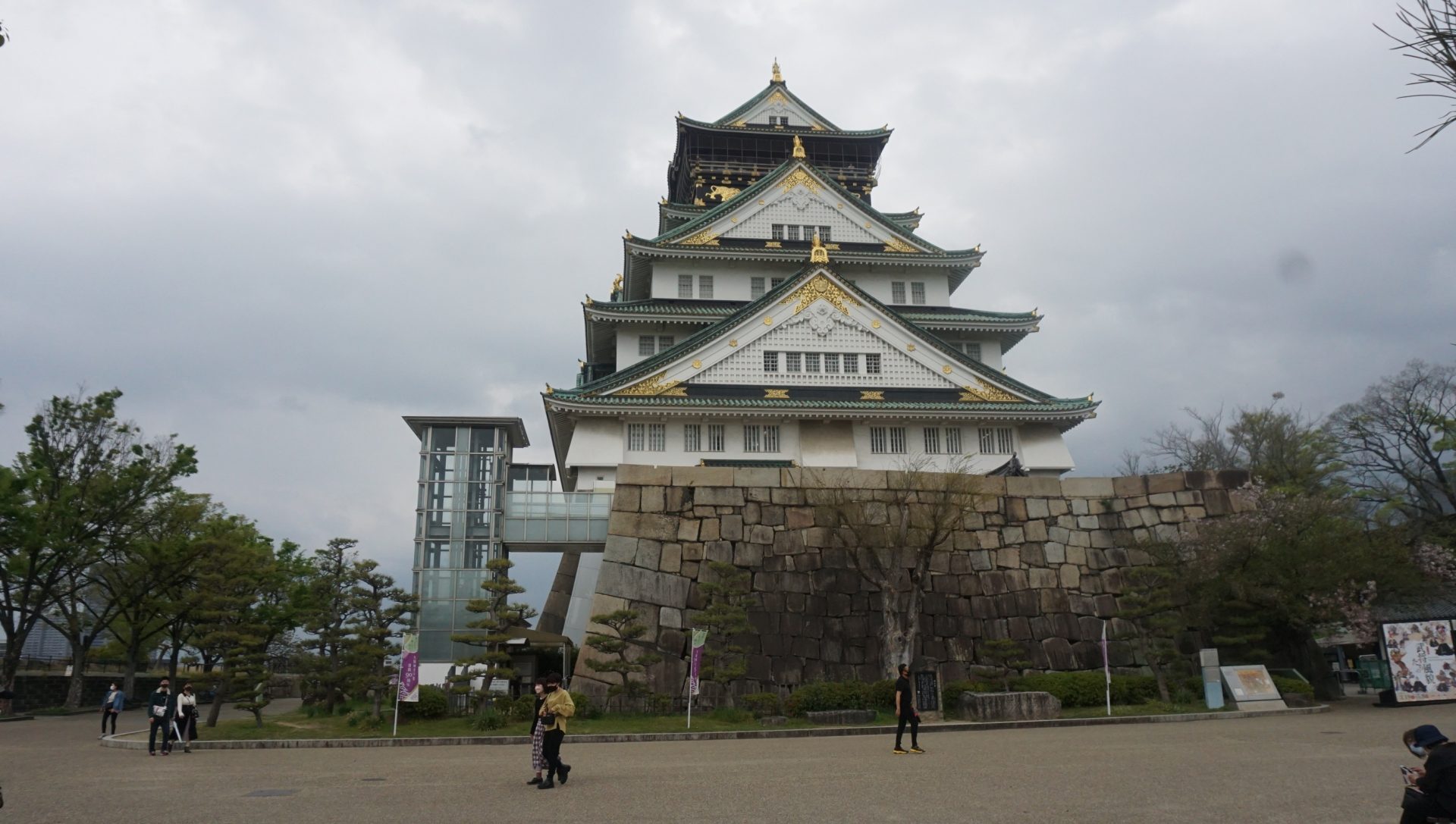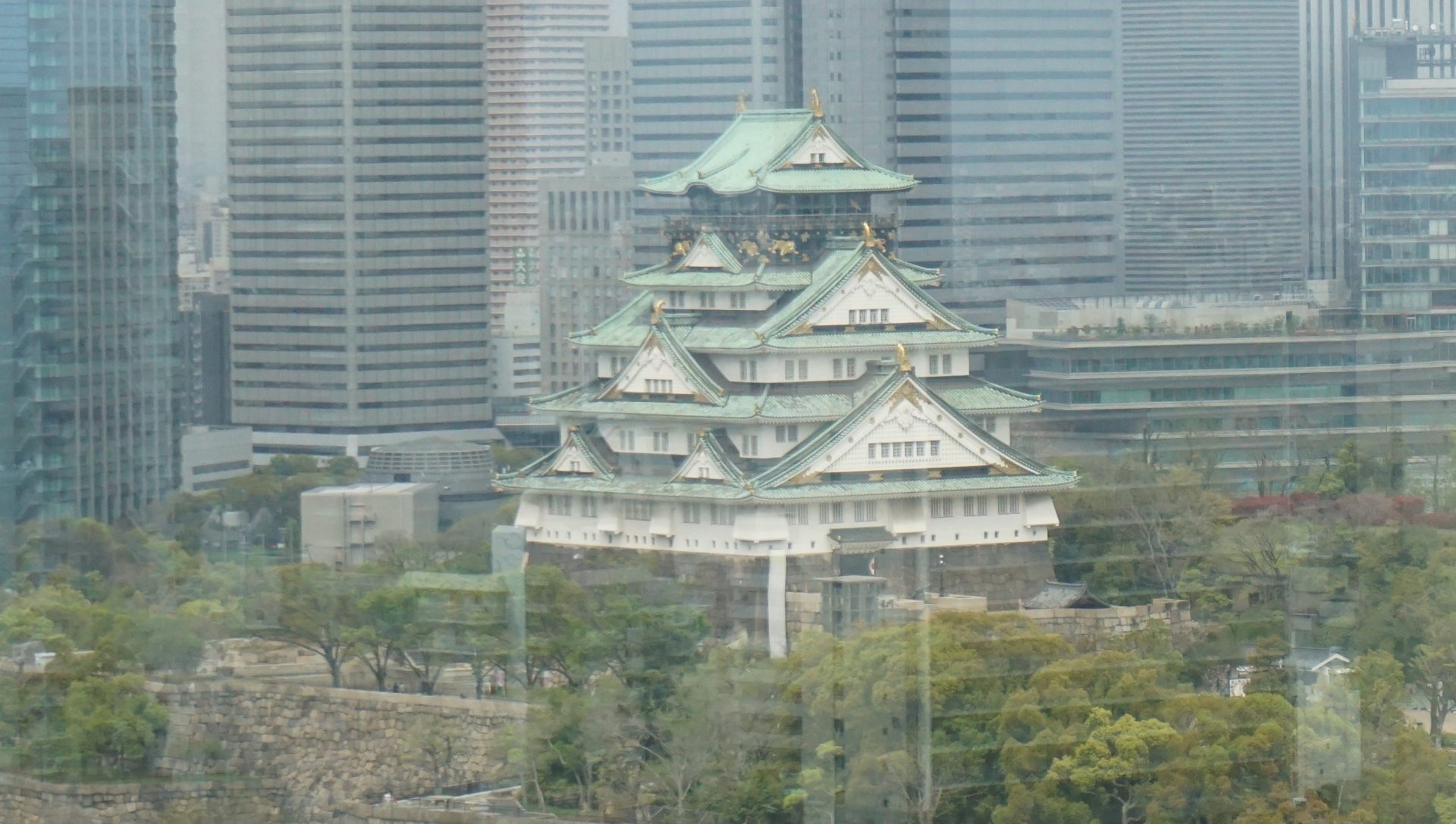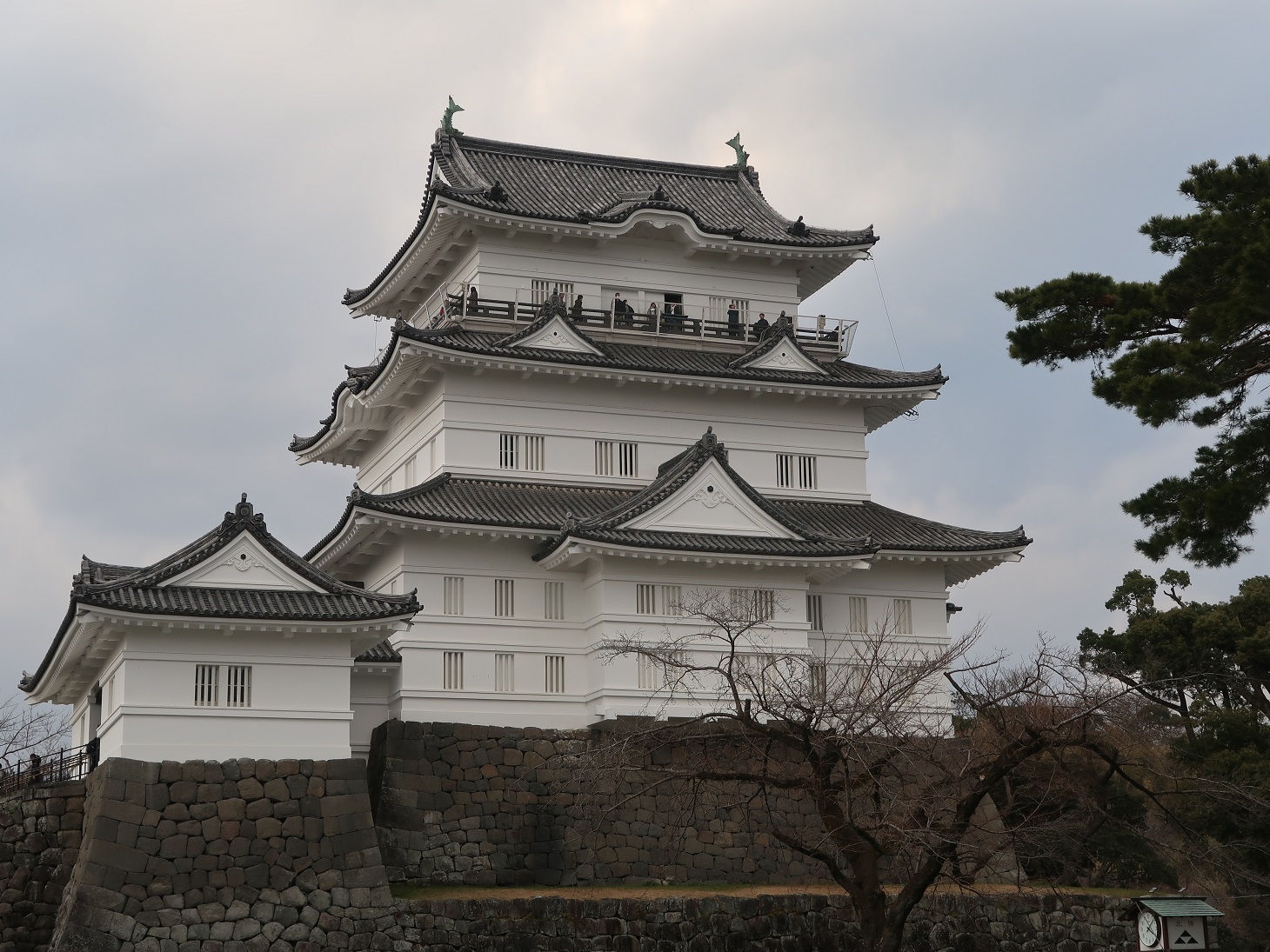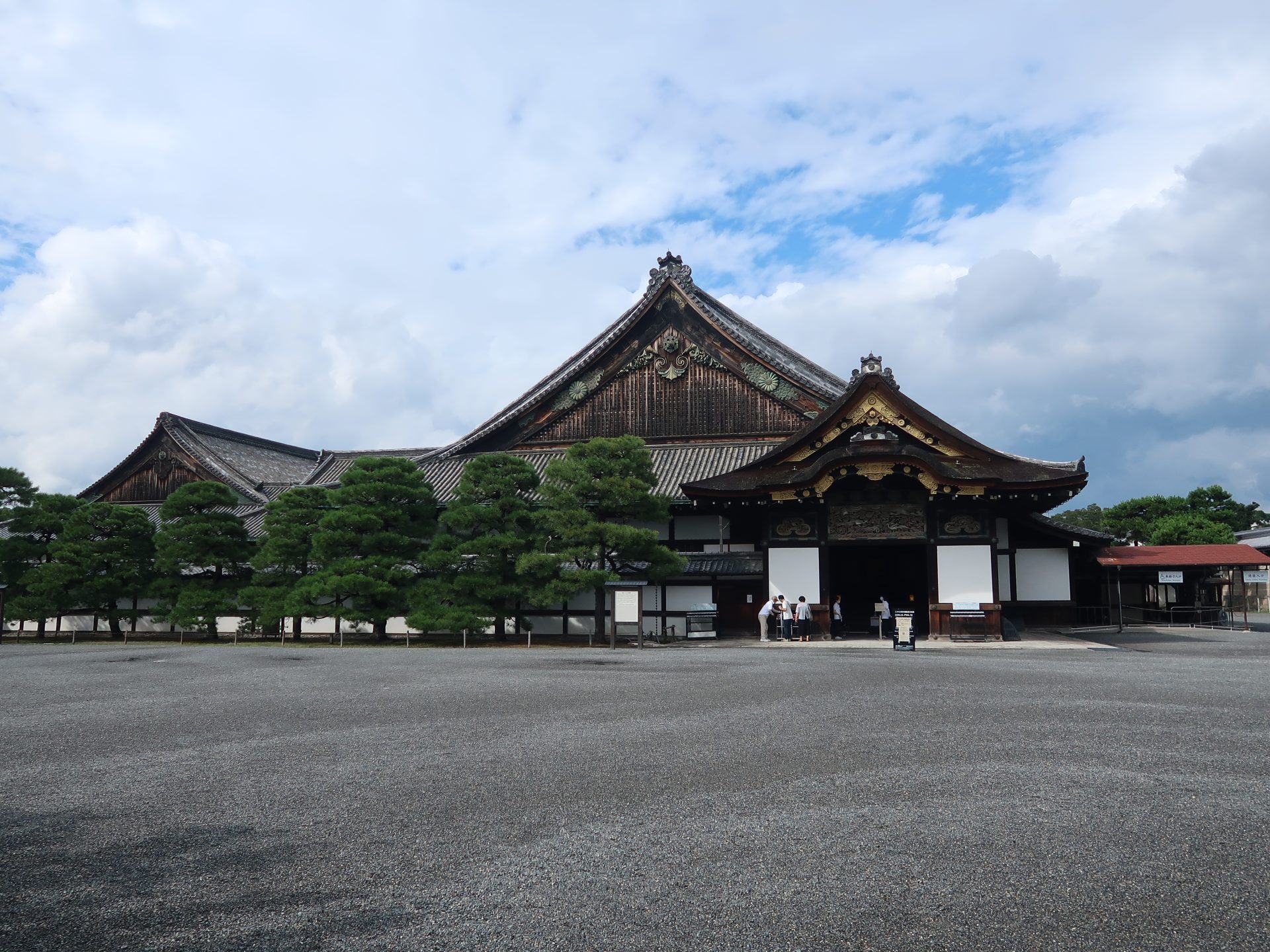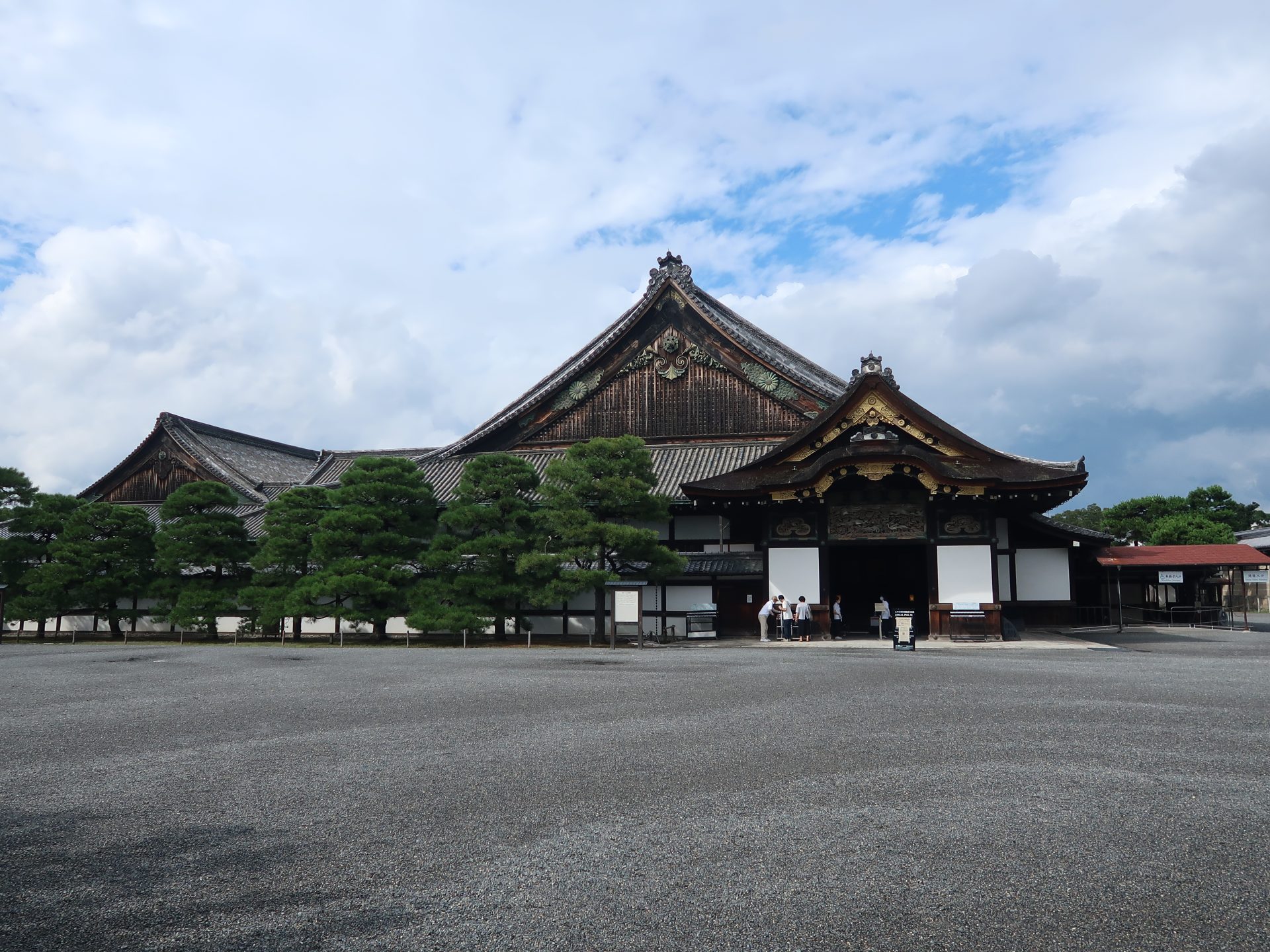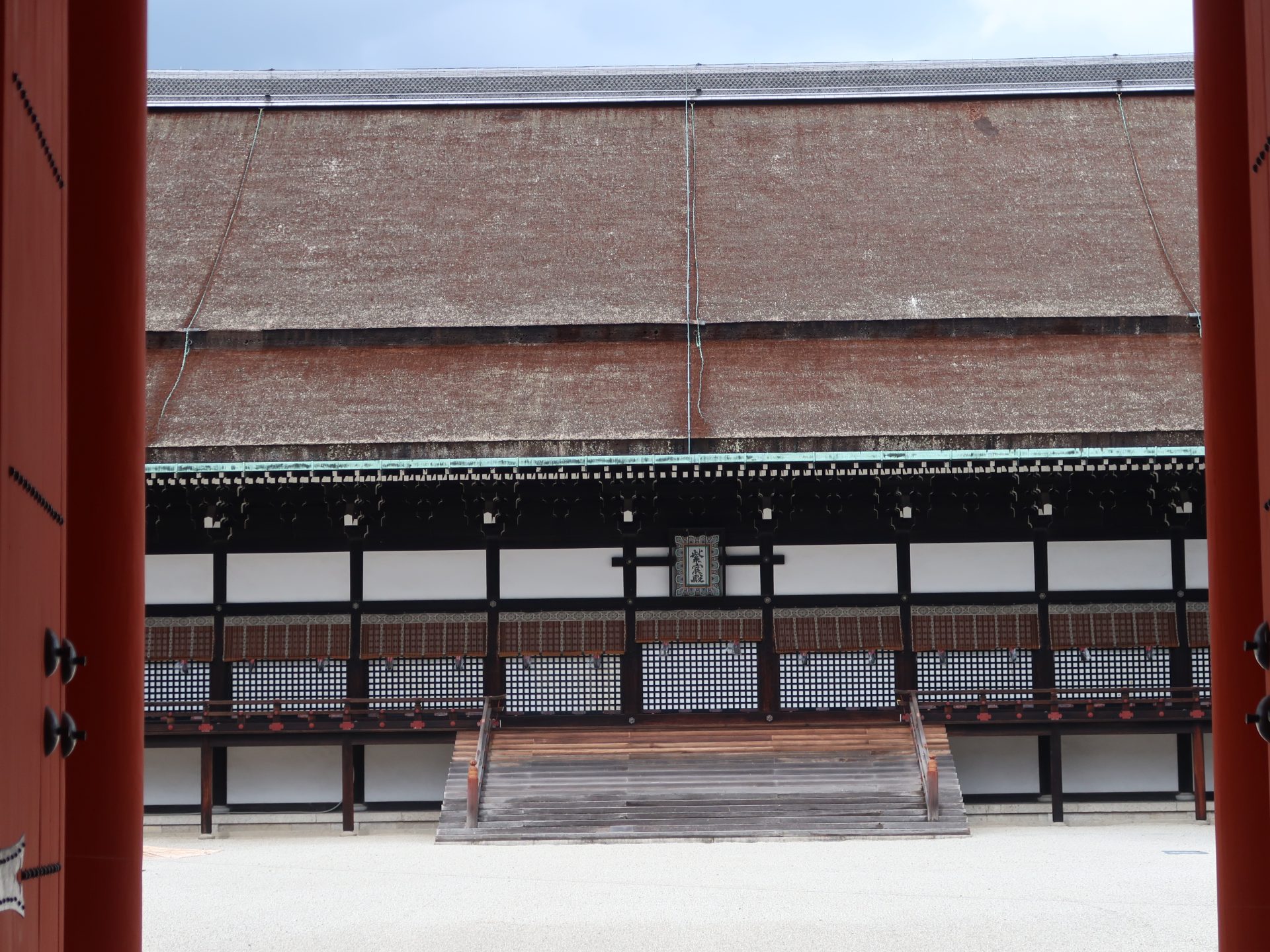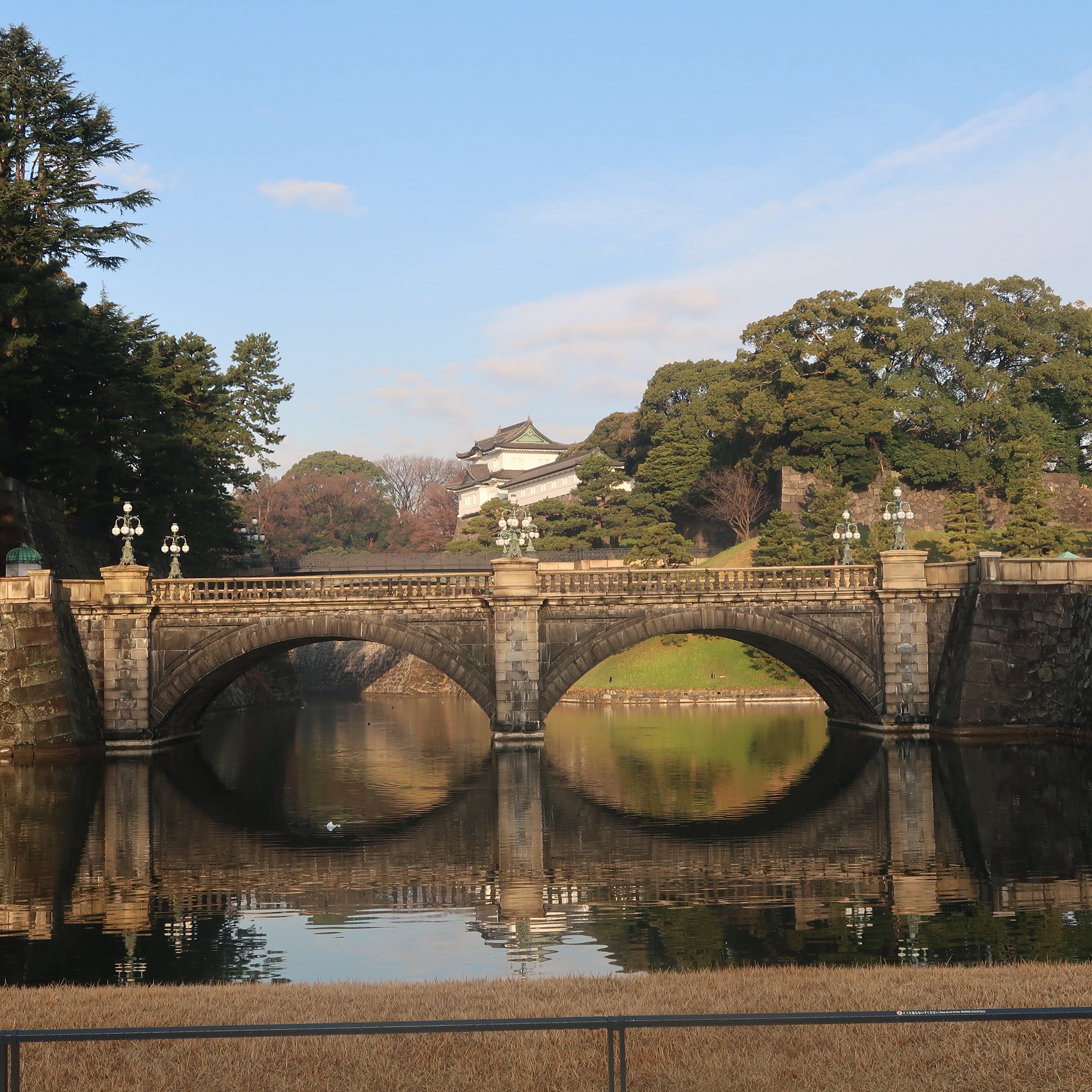Aizu-Wakamatsu Castle (Tsuruga castle)
Aizu-Wakamatsu Castle (Tsuruga castle)
Overview: Aizu Wakamatsu Castle is located in the center of the Aizu basin, one of the most important palces in north east Japan, at crossroads to Kōriyama to the north and Yonezawa to the east and Murakami on the Sea of Japan coast. The original tenshu, main tower, under the Gamō clan was a massive seven-story structure with black walls and gold roof tiles, similar to Toyotomi Hideyoshi’s Osaka Castle. The tenshu rebuilt by the by Katō clan was smaller and was painted white. At the end of Edo era, the last fudal lord, Matsudaira Katamori was one of the Shōgunate’s most loyalist supporter of the Toklugawa shogunate, become one of the leaders in the pro-Tokugawa alliance against the new Meiji government. After long battle to the new gorvernment, the Boshin War, the Castle was besieged in October 1868. The surviving castle buildings were demolished by the new government in 1874. One building survived the destruction by being relocated to a Buddhist temple, Amida-ji, five-kilometers from the castle.
Name: Aizu-Wakamatsu Castle (Tsuruga castle)
Place: 1-1.Oitemachi, Aizuwakamatsu
Admission JPY 410
Built: 1384 by Ashina Naomori ( called as Kurokawa Castle)
Owner : Ashina Naomori and Ashina clan, Date Masamune, Gamō Ujisato (general of Toyotomi Hideyoshi), Uesugi Kagekatsu, Katō Yoshiaki, Hoshina Masayuki and his successors Matsudaira clan
Official website: https://www.tsurugajo.com/tsurugajo/ (Japanese only) https://www.tsurugajo.com/e/turugajo.html
Wikipedia: https://en.wikipedia.org/wiki/Aizuwakamatsu_Castle

